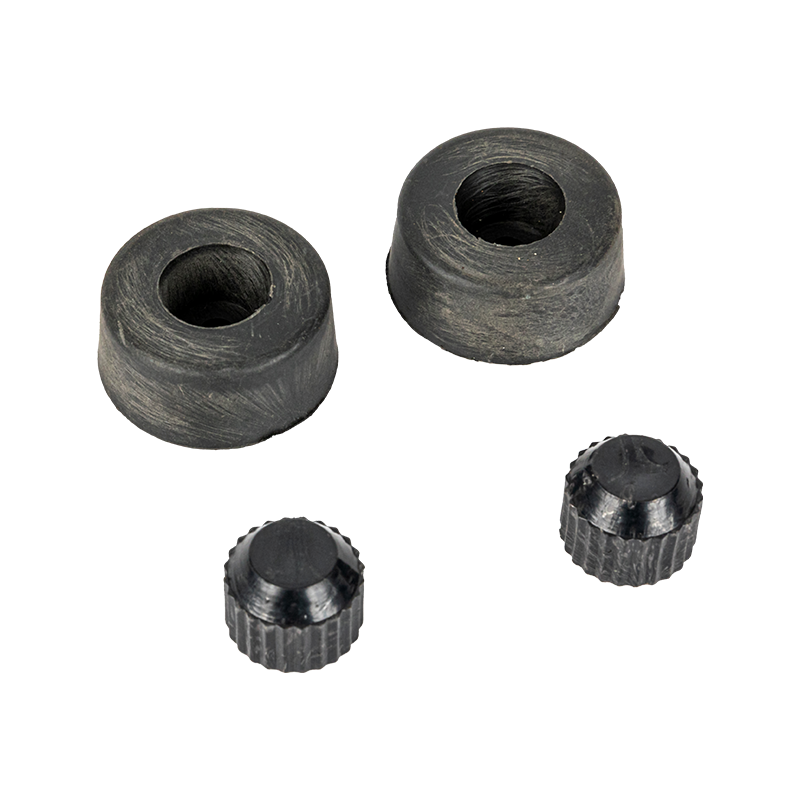Provide you with the latest enterprise and industry news.
1.Adjustable Motor Bases: Adjustable motor bases represent a versatile solution in the realm of motor mounting. Their primary advantage lies in the flexibility they afford in terms of motor positioning and alignment. In industrial settings where equipment configurations may change or where precise alignment is paramount for operational efficiency, adjustable motor bases offer a crucial advantage. These bases typically feature mechanisms that allow for easy adjustment of motor position, both horizontally and sometimes vertically. Engineers can fine-tune the alignment of the motor with connected machinery, ensuring optimal performance and reducing wear and tear on components like belts and pulleys. Moreover, adjustable motor bases accommodate variations in belt tension, enabling operators to maintain consistent power transmission and prolonging the lifespan of transmission elements. Overall, the adaptability and precision offered by adjustable motor bases make them indispensable in industries where equipment setups evolve or where precise alignment is critical for operational success.
2.Slide Bases: Slide bases provide a mechanism for horizontal adjustment of motor position, offering a straightforward solution to achieve proper alignment with connected equipment or pulleys. They consist of a base plate and sliding rails that allow the motor to be shifted laterally along a predetermined path. The ability to adjust the motor's position horizontally is particularly valuable in situations where fine-tuning alignment is necessary due to changes in equipment layout or during initial installation. Slide bases are commonly employed in industries such as manufacturing, where production lines may undergo reconfiguration, or in conveyor systems where precise motor alignment is essential for smooth material handling. By enabling operators to easily reposition the motor without dismantling the entire setup, slide bases contribute to operational efficiency and minimize downtime associated with alignment adjustments. Additionally, they help mitigate the risk of premature wear on belts and pulleys by ensuring optimal alignment, thereby promoting equipment reliability and longevity. In essence, slide bases offer a practical solution for achieving and maintaining precise motor alignment in dynamic industrial environments.
3.Rigid Motor Bases: Rigid motor bases are designed to provide stable and fixed positioning for motors in various industrial applications. Unlike adjustable bases, which allow for flexibility in motor alignment, rigid bases offer minimal movement and vibration absorption. They are typically constructed from sturdy materials such as steel or cast iron, providing a solid foundation for mounting motors securely. Rigid bases are favored in situations where precise alignment is critical and where minimal vibration transfer is desired, such as in high-precision machining equipment or heavy-duty industrial machinery. By maintaining a fixed position, rigid motor bases ensure consistent performance and reduce the risk of misalignment-related issues that can lead to equipment damage or operational inefficiencies. Moreover, their robust construction enhances the overall stability of the motor installation, minimizing the likelihood of resonance and vibration-induced wear on components. While less flexible than adjustable bases, rigid motor bases excel in applications where stability, reliability, and precise alignment take precedence, making them a preferred choice in many industrial settings.
4.Spring-Mounted Bases: Spring-mounted motor bases offer a unique solution for mitigating vibration and shock in industrial machinery applications. These bases incorporate resilient mounts, typically made of rubber or other elastomeric materials, which absorb and dampen vibrations generated during motor operation. By isolating the motor from external disturbances, such as uneven surfaces or mechanical shocks, spring-mounted bases help prevent vibrations from propagating through the equipment or surrounding structures. This not only reduces noise levels but also protects sensitive components from excessive wear and damage caused by vibration-induced stress. Spring-mounted bases are particularly beneficial in environments where machinery operates at high speeds or experiences frequent start-stop cycles, as these conditions can amplify vibration levels and compromise equipment performance over time. Additionally, by reducing the transmission of vibrations to adjacent equipment or workspaces, spring-mounted bases contribute to a safer and more comfortable working environment for operators. Their effectiveness in dampening vibrations makes them a valuable asset in industries such as manufacturing, where precision and reliability are paramount considerations in equipment design and operation.
Motor Base

Motor Base


 EN
EN English
English 中文简体
中文简体







